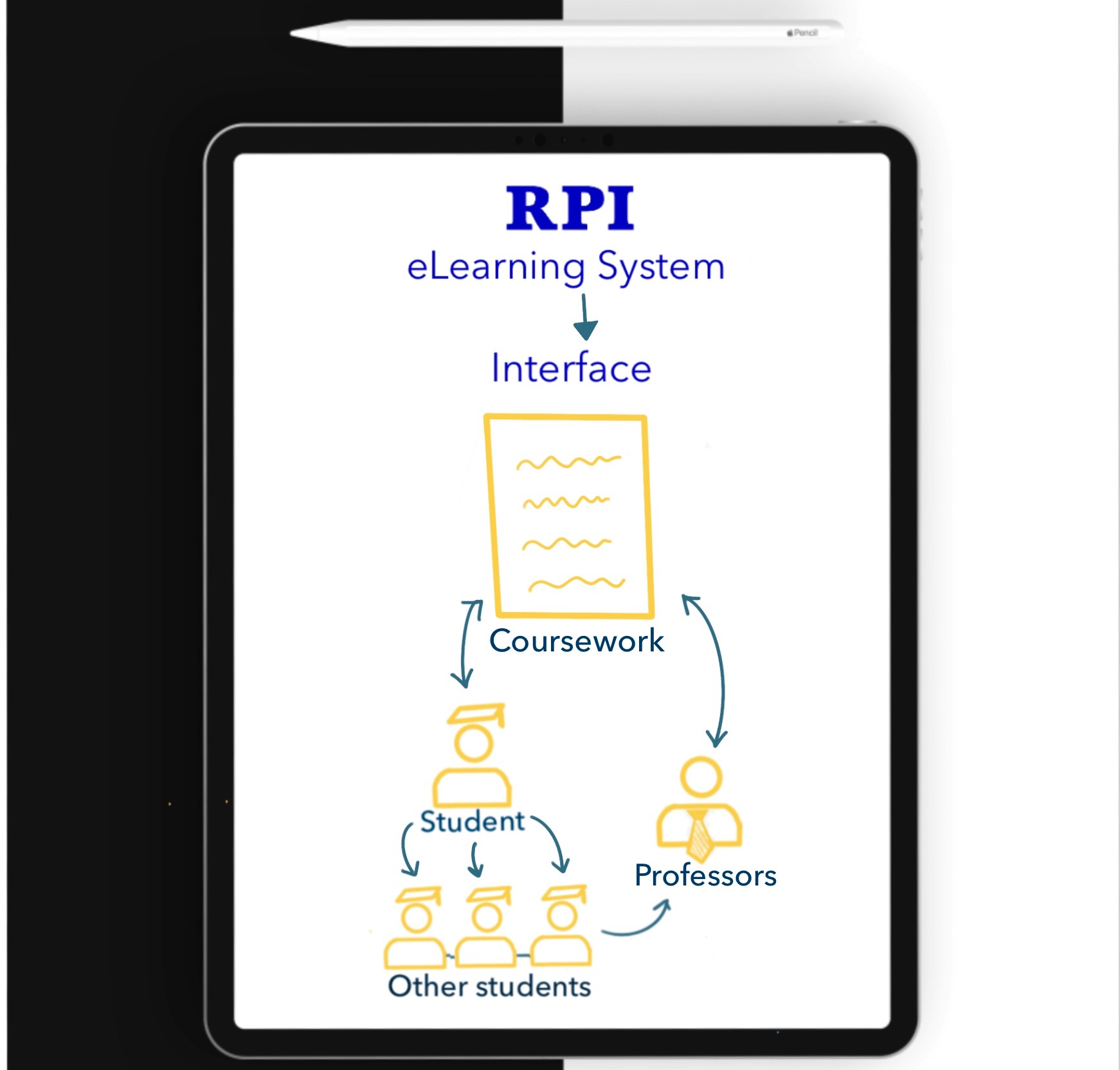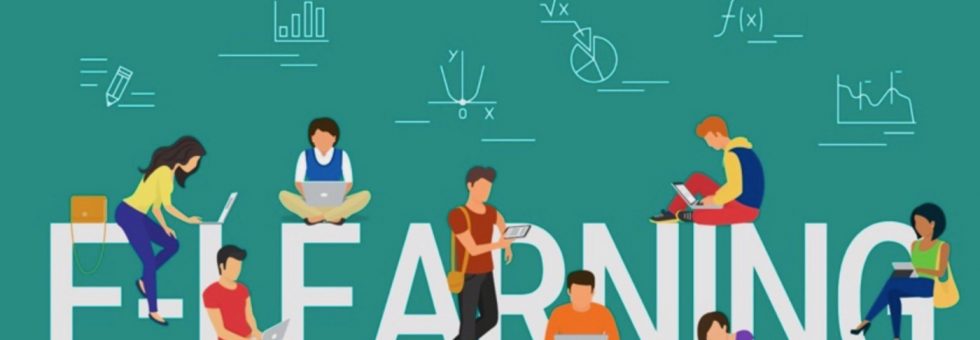5 Insanely Good Reasons Why More Educators in Europe Should Adopt eLearning in 2020
What is eLearning, really? Is it just home-based online lessons via video calling applications — like Zoom or Microsoft Teams? In reality, eLearning has the potential to change the way millions of students learn around the world, and I personally endorse this, having used eLearning for many, many years, right from my high school days.
eLearning is more than video classes. It’s an entire system — Integrated, Cohesive, Organised.
eLearning Moving Past Covid-19
With mass physical interactions being allowed once again, it is unlikely for online lessons to continue as a circumstantial compulsion. Yet, far from being the end of eLearning, schools are already looking into using technology to support learning at every stage, especially in Asia.
Some critics may argue that technology would make school-life detached and cold, producing only a herd of emotionless robotic graduates. But, this claim can quickly be put to rest, as with rapid revolutions in technology, we are seeing a plethora of digitals strategies and tools that humanise digital learning¹. These have begun paving the way for the widespread adoption of eLearning in Asia.
Digital strategies and tools that humanise digital learning pave the way for widespread adoption of eLearning.
1. Asia is a Compelling Example of Successful eLearning in the Face of Covid-19
Within a matter of days of sudden lockdowns, Asia turned around to give an astounding example of how schooling systems can be completely overhauled to sustain their basic needs. As schools began closing their doors, they switched to tech as a means to educate their students even in lockdown.
This shift has enabled “enabling millions of students to continue to learn from home” and remarkably, took less than 48 hours for most countries. In fact, in Vietnam, Microsoft Teams was deployed in just 27 hours for more than 200 schools in Hai Phong city². Being able to harness technology so quickly, helms Asia as an example of foresight and adaptability. This shows eLearning can be implemented easily, and almost immediately with good preparation. So, there should be nearly nothing stopping Europe from beginning now.
2. Technology Is The Solution To Unpredictability
What was the common yet inefficient approach to eLearning seen globally during lockdown periods?
For many institutions, moving online stopped at video lectures by professors and sharing of coursework over numerous platforms like Google Drive or even WhatsApp. The unorganised flow of information tends to confuse students, slowing learning.

Introducing a single holistic eLearning platform that consolidates resources introduces a higher level of efficiency that makes online learning enormously easier. These are exactly the robust systems RPI eSolutions builds for its clients’ success. Imagine having a dedicated, personalised interface and database, where everything you need is just a few clicks away. Hiring a good technological partner is key to achieving this simple yet comprehensive eLearning software for schools. For instance, having the experience in developing APIs for overall eLearning systems, RPI eSolutions’ modular-approach makes it easy for clients to customise and deploy interfaces quickly. eLearning becomes all about reducing mess while uplifting collective shared knowledge.
3. Make Interactivity Possible for Students
Interactivity with material makes knowledge retention more powerful for students. It makes concepts easier to grasp and digest, and as lessons become more interactive, learning abilities steep upwards. Naturally, this shows an improvement in results and scores⁴. This interactivity is a package deal that comes with eLearning, which combines the interactivity of ICT tools with the efficacy of virtual environments for education. For students, the new support in learning is highly likely to translate to major improvements in attention and retention levels, as IBM statistics mention that eLearning can increase productivity by 1.5 times⁵. This aligns with the role of education institutions to satisfy the demands of “technically sophisticated student clients” in the coming future⁶.
4. Collaborate Better For Bigger Ideas
eLearning has the power to deepen collaborative work amongst students. The highest potential of Social and Collaborative Learning cannot fully be achieved with traditional methods that only allow face-to-face interactions. Learning online allows students to participate in online discussion forums, with the additional support of attachments — like, eBooks, videos, visual diagrams and other media. This kind of enhanced collaboration is not just a conversation based on research but a stimulating discussion consisting of peer comments, evaluations and suggestions. Naturally, such an engaging environment prompts students to share their views and clarify doubts more than they would in a traditional classroom setting, whilst being still directed and moderated by a teacher⁷. Additionally, educators can collaborate with one another and even allow students to self-plan their works. Hence, eLearning delivers peer learning through online platforms in a way that can become paramount to schools in this new age.
5. Accommodating Everyone’s Needs & Accessible To All
eLearning can be customised and adapted to accommodate a much larger group of people, than a physical course structure. This increases institutes’ capacity and makes education accessible to a whole new group of people. Not only does the organised collection of resources allow students to learn in a more engaging manner, they can learn at their own pace, on their own time and in the place of their choosing, when required⁸. This means that learning is not limited to students in college or high school. It can include a wider variety of people who are past that stage and need more flexibility in education, for example, office goers and housewives⁹.
Hence, this digital revolution has led to remarkable changes that have opened the doors of formal education to more people.
Some detractors may still think that eLearning is irrelevant in Europe because without access to the Internet, many students would not be able to access the platforms. However, this is only a misconception. In 2016, 85% of European households had an internet connection and in UK, this is forecast to reach approximately 95% by 2021, 81.32% in France and 82.62% in Germany¹⁰. Hence, eLearning can become easily widespread in Europe, without excluding students from any household or region, for sustained education.
Online Education Technology Support for Clients
Let’s say these 6 reasons have compelled you to adopt eLearning. Now how does your journey start? Start it with RPI eSolutions. It is there to support its client schools in their tech goals. It takes on the role of not just a software developer but also, a technology partner, to help bring classrooms beyond the school. Having trained its software engineers and business managers to become proficient in Online Education Technology, it has become well-equipped in providing clients with comprehensive educational solutions. As mentioned above, apart from live video classes, its incorporates a multitude of other digital tools in its online platforms — including easier management of homework assignment, more sophisticated group collaborations and real-time editing & commenting of work. Combined, these create a prolific core package of digital tools that cover classroom essentials¹¹. By building high-quality eLearning platforms, RPI eSolutions ensures that its client institutions use technology to enhance education — across roads and borders, in the most seamless way possible.
References:
1. https://learningsolutionsmag.com/articles/deploy-tools-strategies-to-humanize-online-learning
2. https://news.microsoft.com/apac/2020/06/09/teaming-up-to-transform-education-in-asia/
3. https://moodle.com/news/moodle-in-numbers-during-covid-19/
4. https://elearningindustry.com/9-benefits-of-elearning-for-students
5. https://elearningindustry.com/elearning-is-essential-not-overrated-5-key-reasons
6. https://link.springer.com/chapter/10.1007/978-3-540-73354-6_38
7. https://elearningindustry.com/reasons-why-online-learning-face-to-face-learning
8. https://elearningindustry.com/benefits-of-elearning-top-5
9. https://elearningindustry.com/9-benefits-of-elearning-for-students
10. https://www.statista.com/topics/3853/internet-usage-in-europe/

